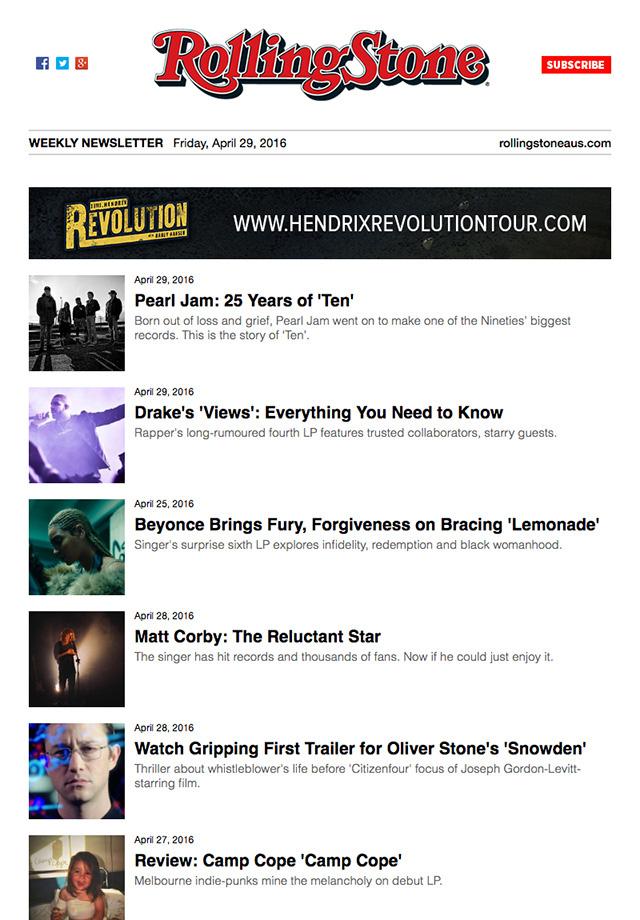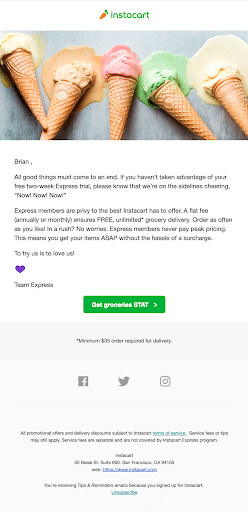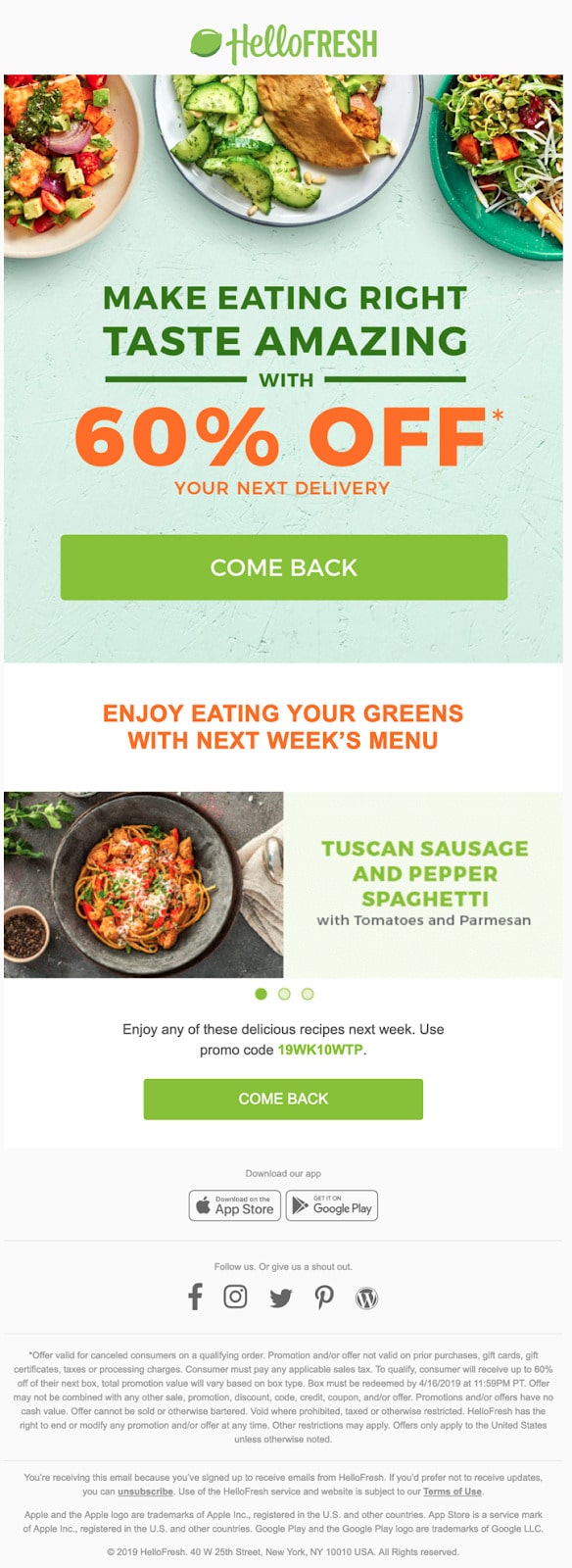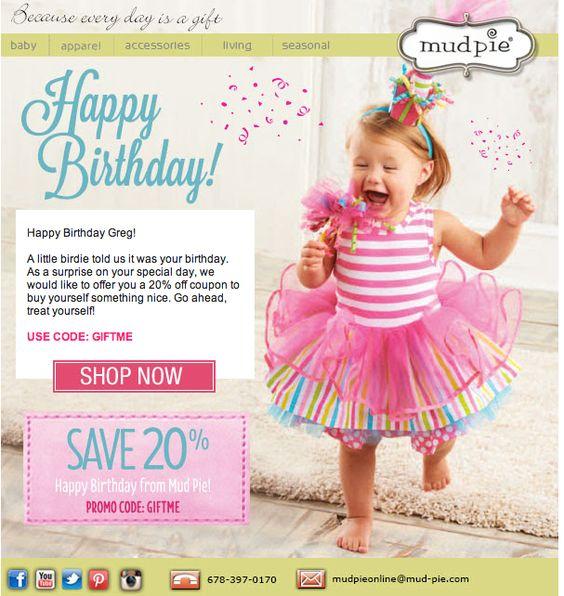6 Lead nurturing email examples to enhance your strategy
Email marketing can be a very rewarding—sometimes frustrating—part of your digital marketing mix.
You spend valuable time putting together campaigns to generate leads. You add them to your email funnel with a compelling and engaging welcoming campaign. Everything seems great, and it appears they’re ready to take the next step in their customer journey, and then … nothing.
Depending on the industry, it can take weeks or months for a lead to convert into a customer. Sometimes it’s even longer. This waiting can be tough for marketers and sales teams, especially if leads appear to be right on the edge of being qualified. While you shouldn’t be sending these contacts sales material just yet, that doesn’t mean you can’t still reach out with relevant and helpful information that just might nudge them in the right direction.
In this post, we’ll explain why you shouldn’t skimp on lead nurturing emails. We’ll also share several examples of different types of lead nurturing emails you can use to stay connected with your prospects and customers.
Anyone in your sales department will tell you how important relationships are to closing deals. But in the digital age, where 88% of consumers research products online before speaking with a salesperson, you need to build those relationships in different ways.
Lead nurture emails provide you an opportunity to connect and build trust with your contacts at all stages of their customer journey. A recent study found that honesty and trust are the top factors that most consumers demand from big brands. These traits can come from being authentic about your products and services, as well as providing educational and insightful information that’s relevant and helpful to your audience.
While it may take a while for some leads to make a purchase, some of this patience can pay off in a big way. Nearly half of nurtured leads make larger purchases compared to non-nurtured customers.
Lead nurture emails can also generate positive ROI for your marketing efforts. And you don’t need to have a flashy product or be a big name brand to make them work. Public accounting and consulting firm Crowe Horwath developed a campaign that offered downloadable content every three weeks to leads who interacted with an invitation email. Once contacts downloaded three things—or engaged with a late-stage piece of content—they were sent to sales as qualified leads. Crowe Horwath had a 133% ROI on this lead nurturing campaign.
6 great lead nurturing examples
Offering downloadable information such as reports, eBooks, and white papers is an effective way to use lead nurturing emails to build relationships with your prospects and keep your customers engaged. There are many other types of emails that can deliver similar results.
Here are six great examples of lead nurturing emails you can use at all stages of the customer journey.
1. Share educational and how-to content
A downloadable piece of content isn’t the only way you can educate and inform. If you promote your blog or resources page with relevant content for your audience, it can help raise brand awareness and trust in your company.
It’s fairly known that relevant emails can increase engagement for your business. Studies have also found that they can increase revenue by up to 18x compared to broadcast emails.
Consider this example from Framebridge, a startup in the custom framing industry.
Source: Really Good Emails
After customers make a purchase, this brand provides a step-by-step guide that shows you how to hang the art that you just ordered. This email offers extremely relevant, helpful, and timely information in a way that seems more beneficial (to the customer) and innocent, rather than self-serving.
2. Send thank you messages
Everyone loves to be told, “thank you.” And when brands do it well, the message comes across as honest and genuine. Plus, it makes you feel good inside and creates a positive brand impression.
A prime time to email your leads is right after they take an action that moves them along your sales funnel. Most brands will send thank you and confirmation messages after a customer makes a purchase. But you can also successfully send these emails after leads download an eBook, sign up for a webinar, or even unsubscribe from receiving your content.
Readdle takes it a step further by sending their leads a yearly retrospective email, thanking them for being a part of the company’s success over the past year. The formatting is fun and lighthearted, and it makes the lead feel valued.

Source: Really Good Emails
These emails might seem a little kitschy to some, but they work. Thank you messages generally receive twice as much engagement as other marketing emails you’ll be sending.
3. Birthday or anniversary emails
Time-based emails tend to perform well as part of your lead nurturing campaigns. Holidays are easy because they are on the same date for everyone. Birthday and anniversaries are unique to each contact. Setting up a birthday or anniversary campaign will take a few more steps in your automation to align the data the workflows correctly, but it’s worth it. Birthday emails can improve conversion rates by up to 60%.
Source: Pinterest
Mudpie gets it right with its birthday email campaign. The message is lighthearted, the formatting is fun, and the image is adorable. Plus, it includes a special birthday discount offer, adding an incentive for someone to make a purchase.
Also, bonus points for including personalization, which is an absolute must in a successful birthday email.
4. Curated newsletters
Email newsletters might be the most common way that marketers nurture their leads. Newsletters are great because they mainly offer educational, curated, or missed content instead of being heavily promotional. The benefits of newsletters can vary based on industry and audience, however.
Newsletters also work well because they allow you to maintain contact with leads that are otherwise unengaged. They might have opened one of your promotional emails in six months, but they’ll still glance at your newsletters from time to time. Occasional viewing is not an indication that they’re ready to purchase, but it does show that your brand awareness is working.
Take a look at this newsletter example from Rolling Stone Australia.

Source: Campaign Monitor
This format works so well because it’s easily consumable on desktop and mobile. Remember, more than half of your email opens will come from mobile devices. When you are including lots of links and information, like this example from Rolling Stone, you want to make sure your formatting looks good across all email platforms and devices.
5. Renewal emails
Brands in all industries use free trials to entice leads to sign up for a service. When those free trials expire, it can sometimes be difficult to get your leads to renew. Only 26% of companies saw an increase in renewals in 2017.
You can nurture your existing customers who are using your service with reminders about their expiration date and provide compelling reasons why they should continue their membership with you.
Take a look at how Instacart handled an upcoming free trial expiration.

Source: Instacart
The grocery delivery service used a combination of humor and urgency to compel its customers to use the free service before it expires. Not only did this email inform the reader that his free delivery would be going away, it pushed him to use the benefit before it’s too late in hopes that he’d realize he needs it.
6. Win back campaigns
There’s nothing wrong with trying to win back old customers with lead nurturing emails—unless they’ve unsubscribed from your emails. As part of your lead nurturing campaign to this group, it’s perfectly fine to include a tempting promotional email from time to time.
The fact is that your customers expect to receive promotional emails from you. More than 75% of people would prefer to get these types of messages in email versus other channels.
HelloFresh has a great example of an email aimed at previous customers. The email has two big calls to action and a promotional deal that might be hard to pass up for some. Plus, it gives a sneak peek at some of the food options available now.

Source: Hello Fresh
It’s important to note that this tactic should only be used for a very segmented group of previous customers who have stopped purchases and are now unengaged.
Wrap up
Don’t underestimate the value of lead nurturing as part of your overall email strategy. Lead nurturing emails can be used to build relationships and trust with new prospects, as well as provide an opportunity to stay in touch with existing customers.
The best lead nurturing emails provide relevant content that is informative and educational. That doesn’t mean you can’t have any promotional value to these emails.
Consider these types of email to nurture your leads:
-
Thank-you messages
-
How-to content
-
Birthday and anniversary emails
-
Newsletters
-
Renewal emails
-
Win-back campaigns
It’s important to also remain patient. These emails can take some time to be effective. But if you nail your lead nurturing emails, you’ll begin to notice engagement and revenue increases as a result of your efforts.
Are you ready to build a lead nurturing email campaign that will take your marketing to the next level? Learn more about how marketing automation can help you streamline the process and improve your email performance.
MOST RECENT ARTICLES
Want to engage your audience and grow your brand? Try Emma's robust easy-to-use product today.















